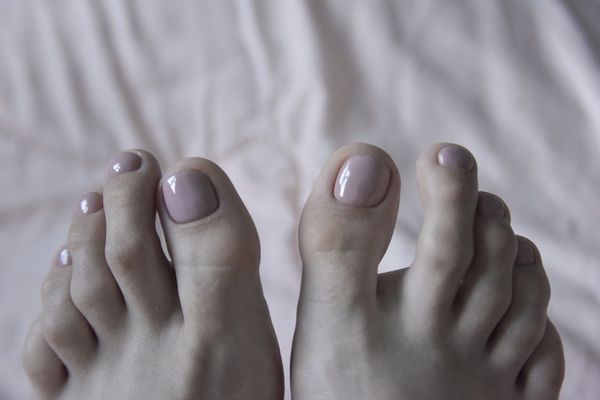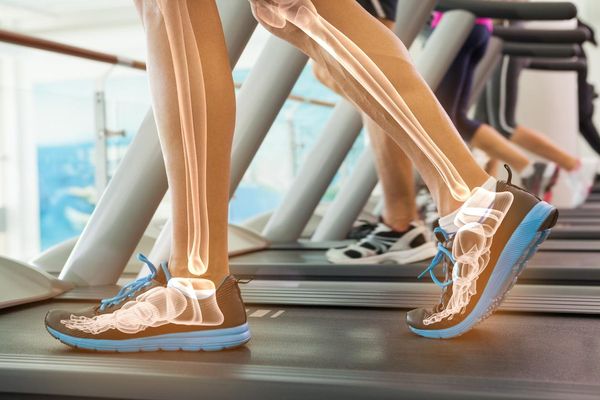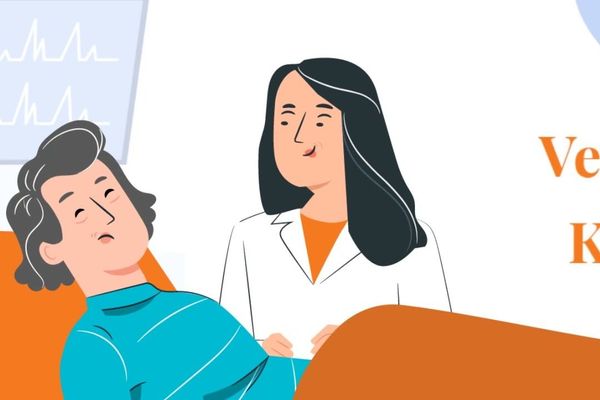This article has been archived. We will no longer be updating it. For our most up-to-date information, please visit our bone health information here.
A reader, Sherry from Colorado, sent me this email:
"I finally saw my doctor yesterday and had a full blood work done. I was surprised to find that I was very deficient in Vitamin D; so much so that I am taking both a prescription and supplements for the vitamin."
Obviously, for Sherry, this was quite unexpected. Most health professionals are well aware of the importance of this vitamin, yet yours may not be including the screening in your regular blood work, so make sure to ask to have your levels tested. I just had mine tested and the results surprised me, too. Here's why it's so important.
Aside from helping calcium absorption to build strong bones (a key to avoiding osteoporosis), Vitamin D is also important in immune function and reducing inflammation and may provide protection against hypertension and even depression. This miracle vitamin may also prevent the production of malignant cells such as breast and prostate cancer cells and protect against specific autoimmune disorders including multiple sclerosis (MS)
Since the sun is one of the main sources of Vitamin D (it's not naturally available in many foods), it's easy to see why so many Americans are deficient. If you live in a place where it's gray and cloudy much of the time or you're far from the equator, your D levels might be low. And more and more, we're staying out of the sun and/or using our sunscreen - surely a good thing when it comes to skin cancer but not such a good thing when it comes to getting our fill of Vitamin D. People with dark skin, which absorbs less of the sun, have been found to be even more deficient than those with lighter skin. And as we age, our skin cannot synthesize Vitamin D as efficiently as it once did, therefore making older Americans even more deficient.
So, what can you do? For one thing, try to eat foods containing Vitamin D, like salmon, tuna and mackerel. Smaller amounts of Vitamin D are found in beef liver, cheese and egg yolks. And since sun exposure is one of the best ways to generate Vitamin D in the body - and it's free! - go outside and get just 10-15 minutes of sun every day (sans sunscreen). Important: don't burn! Try to do this when the sun is not at its strongest, like early morning or late afternoon. I make sure to put sunscreen on my face and hands (where those sun spots pop up!) but to leave my arms and legs without it for just a short while when outside.
If the sun is a complete no-no, you might turn to supplements. How much is enough? Opinions vary anywhere from 400 IU per day to upwards of 5,000. Much of it depends upon just how deficient you are. The National Osteoporosis Foundation (NOF) recommends 800-1,000 IU daily for adults over 50.
Me? I'm now taking 1,000 IU every day after finding out I was D-deficient - and looking forward to every single sunny day!







